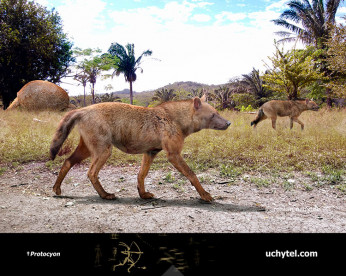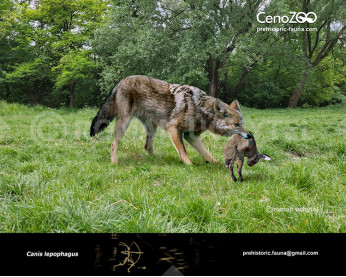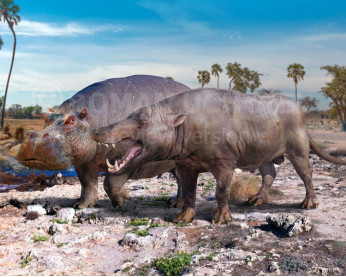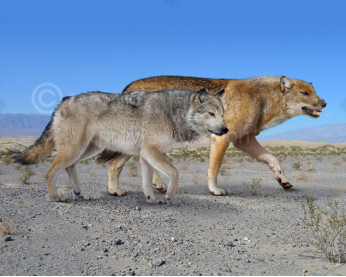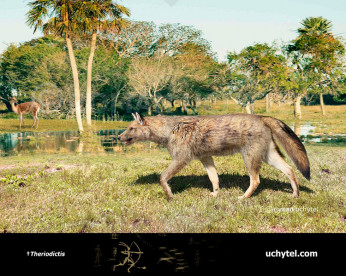Dire wolf (Aenocyon dirus)
125125
Aenocyon dirus (Canis dirus) or «dire» wolf - one of the largest canine that ever lived on the Earth. «Dire» wolves were at their sizes like a large modern gray wolves (Canis lupus) and weighed, depending on gender and individual differences, 55 to 80 kg. Morphologically Aenocyon dirus were very similar to modern wolves, but these two species are not as closely related as it may seem at first sight. Homeland gray wolves - Eurasia, and the «dire» wolf as a type formed in North America. So genetically «dire» wolf closer to the coyote (natives of America), rather than the gray wolf. «dire» wolf has differed from his gray neighbor with his head, a few larger to the body. The molar teeth of this predator were more massive than those of modern wolves. In general, the skull of this species looks like a very large skull of an ordinary wolf. Being stronger and overweight animals, therefore, less hardy, they can hunt very large prey, while a frisky gray wolves attacked the swift-footed prey.
Perhaps the «dire» wolves were less social than gray. Among the subfamilies of wolf (Caninae) truly schooling animal is the gray wolf. In 2021, a DNA study found the dire wolf to be a highly divergent lineage when compared with the extant wolf-like canines, and this finding is consistent with the previously proposed taxonomic classification of the dire wolf as genus Aenocyon.
Species of Aenocyon dirus finally disappeared with the extinction of the mammoth megafauna about 10 thousand years ago.
Aenocyon dirus (Canis dirus) or «dire» wolf - one of the largest canine that ever lived on the Earth. «Dire» wolves were at their sizes like a large modern gray wolves (Canis lupus) and weighed, depending on gender and individual differences, 55 to 80 kg. Morphologically Aenocyon dirus were very similar to modern wolves, but these two species are not as closely related as it may seem at first sight. Homeland gray wolves - Eurasia, and the «dire» wolf as a type formed in North America. So genetically «dire» wolf closer to the coyote (natives of America), rather than the gray wolf. «dire» wolf has differed from his gray neighbor with his head, a few larger to the body. The molar teeth of this predator were more massive than those of modern wolves. In general, the skull of this species looks like a very large skull of an ordinary wolf. Being stronger and overweight animals, therefore, less hardy, they can hunt very large prey, while a frisky gray wolves attacked the swift-footed prey.
Perhaps the «dire» wolves were less social than gray. Among the subfamilies of wolf (Caninae) truly schooling animal is the gray wolf. In 2021, a DNA study found the dire wolf to be a highly divergent lineage when compared with the extant wolf-like canines, and this finding is consistent with the previously proposed taxonomic classification of the dire wolf as genus Aenocyon.
Species of Aenocyon dirus finally disappeared with the extinction of the mammoth megafauna about 10 thousand years ago.

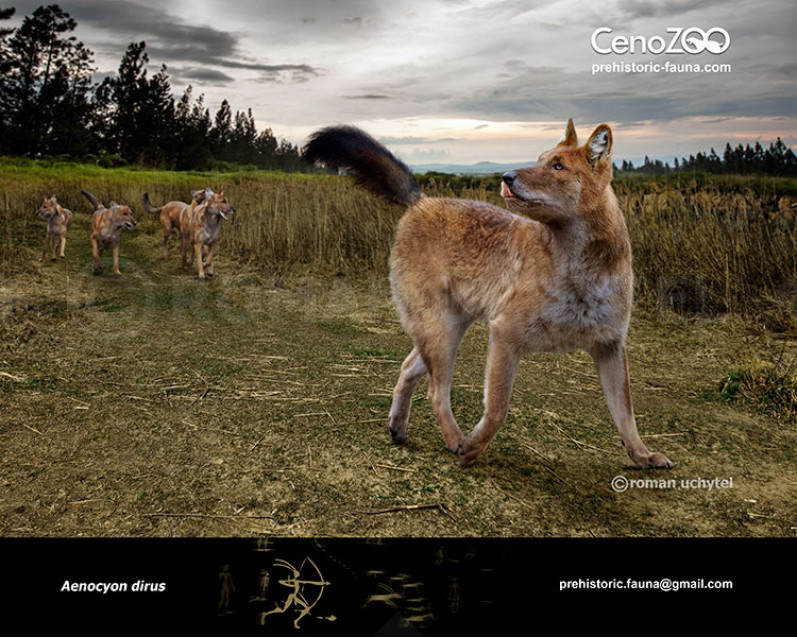
-797x638.jpg)
-797x638.jpg)
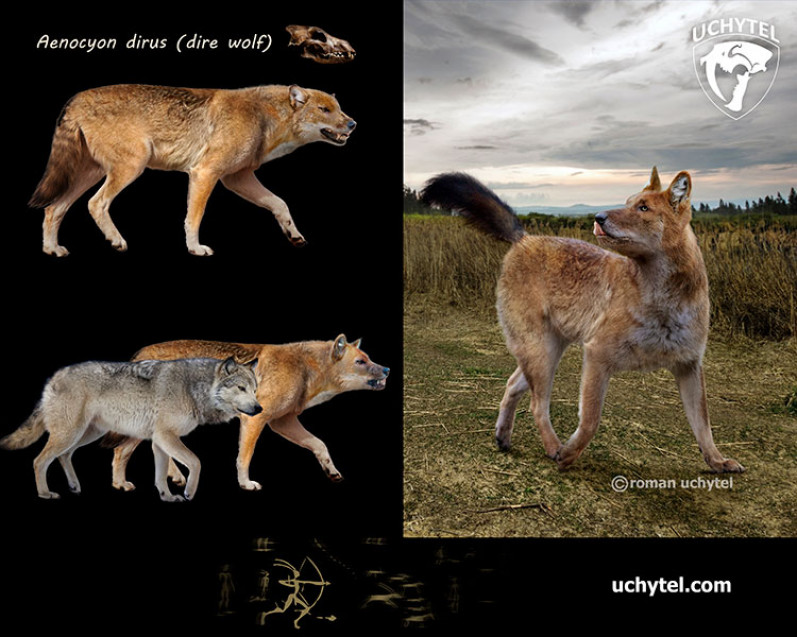
-old-797x638.jpg)
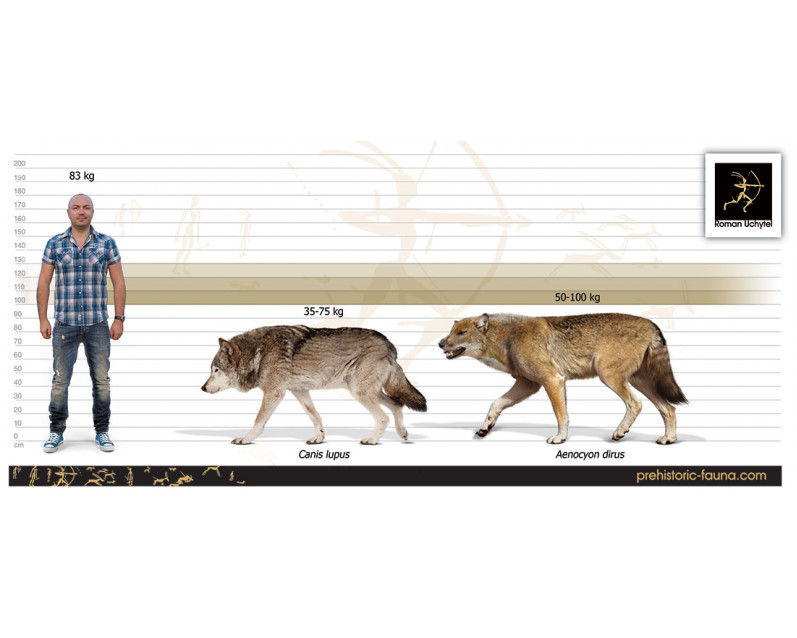

-70x56.jpg)
-70x56.jpg)

-old-70x56.jpg)

-346x277.jpg)

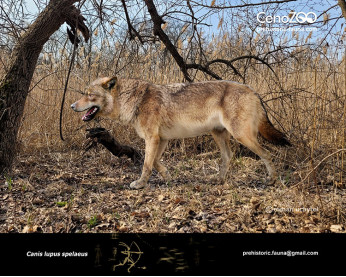
-lycanoides-346x277.jpg)
